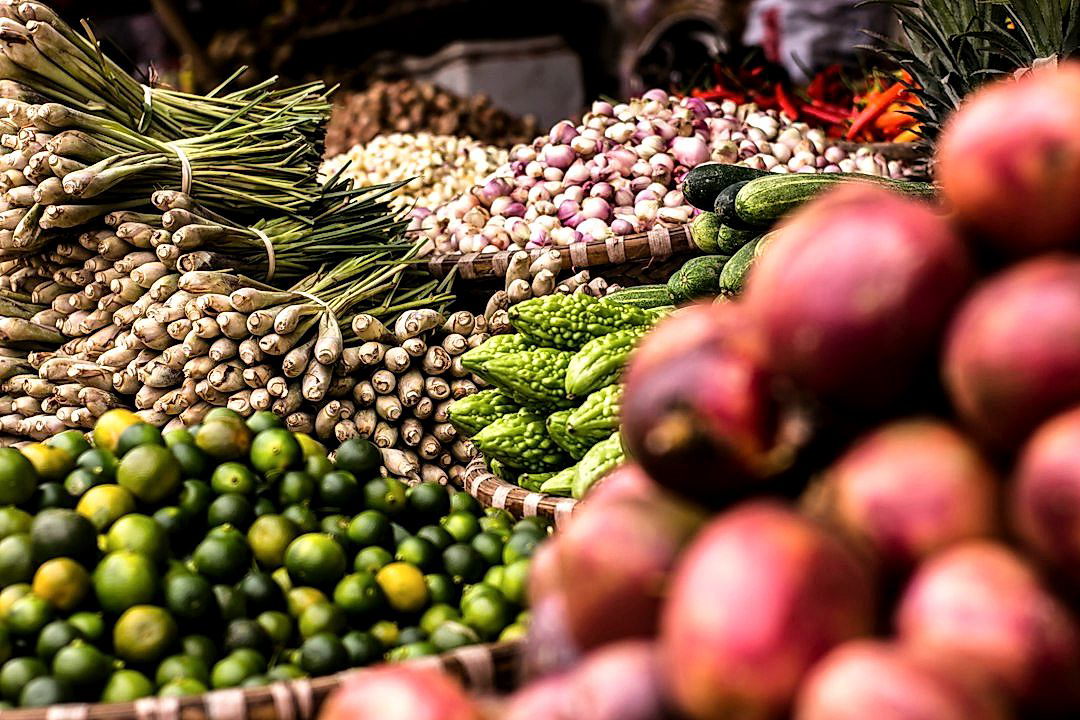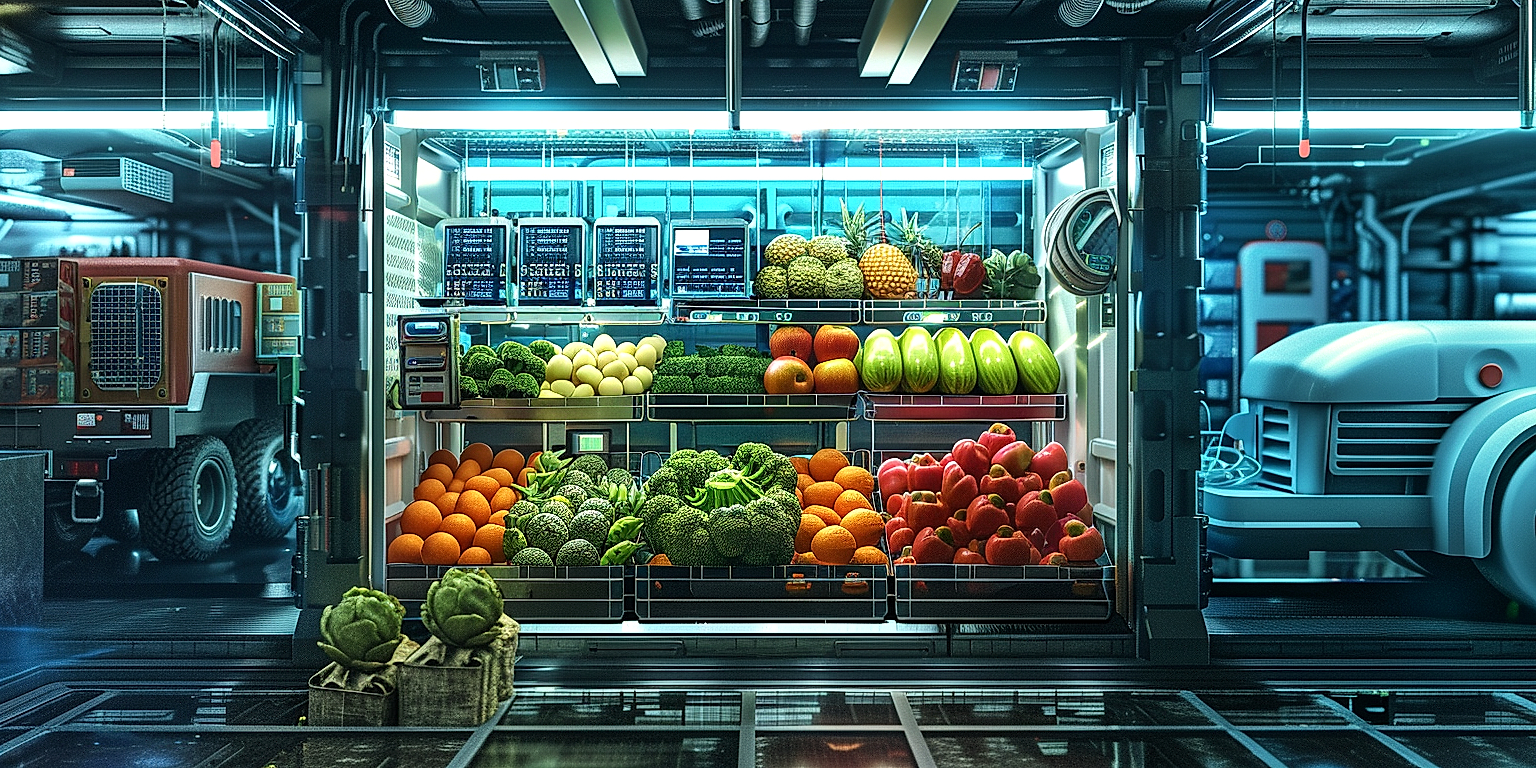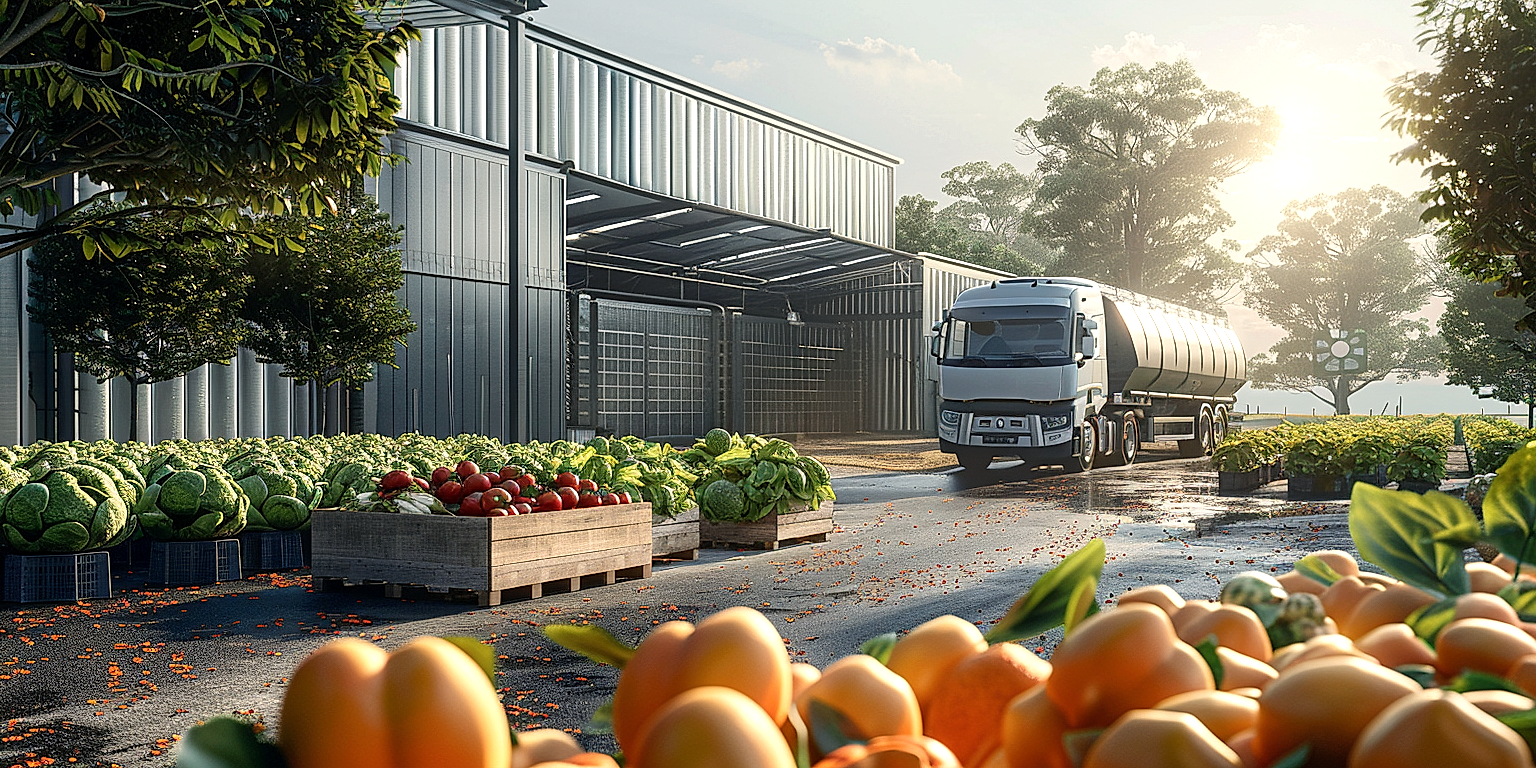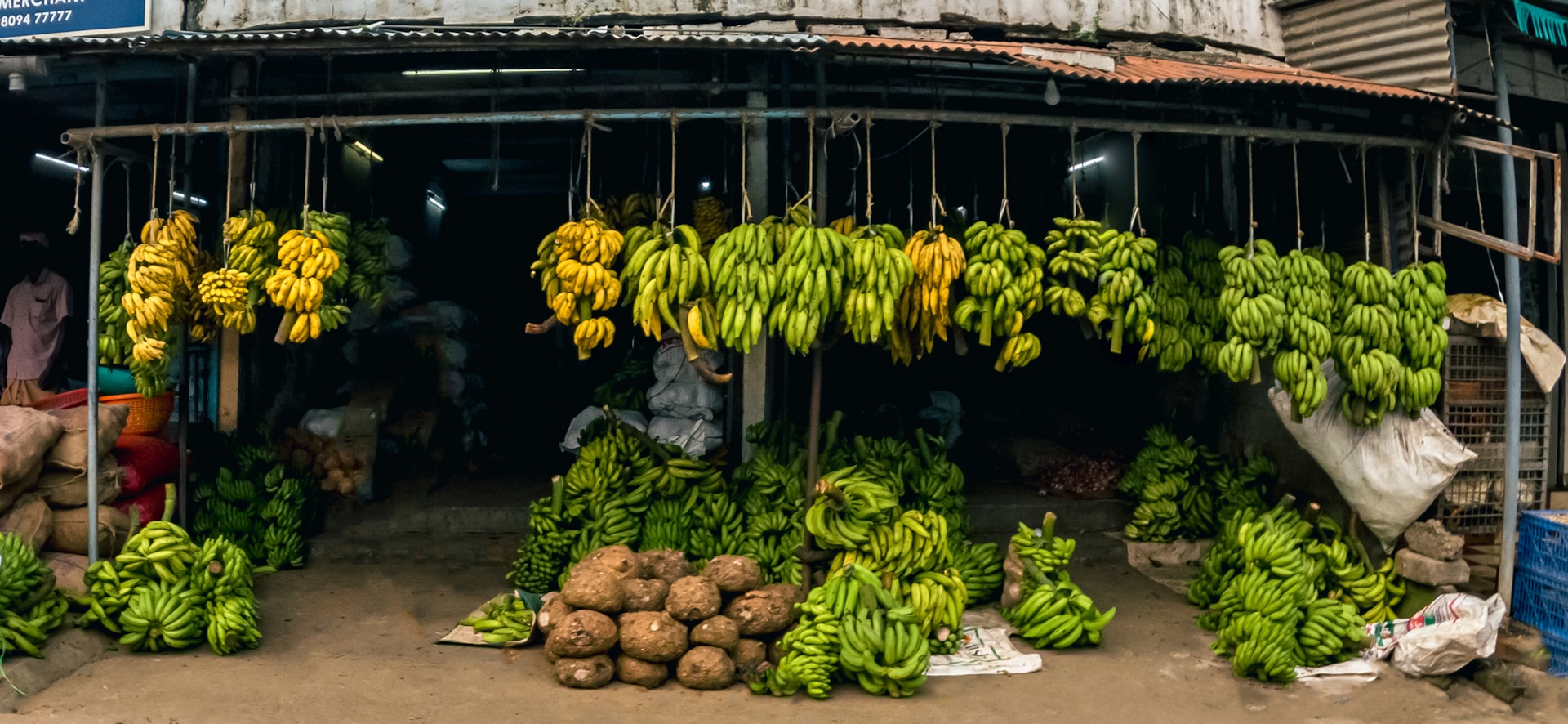The global demand for sustainable solutions has hit the produce shipping industry hard.
With consumers increasingly invested in the environmental impact of their consumption, green packaging has moved from being a novelty to a necessity.
Implementing such strategies can pose challenges to both small and large scale enterprises.
These hurdles involve a variety of factors such as cost, supply chain modifications, and market acceptance.
However, with careful planning and strategic execution, these challenges can be transformed into competitive advantages.
This article aims to provide practical, proven strategies to successfully integrate green packaging into the produce shipping process.
Strategies For Implementing Green Packaging In Produce Shipping
1. Utilize Recyclable or Biodegradable Packaging Materials
Utilizing recyclable or biodegradable packaging materials is a key strategy for implementing green packaging in produce shipping.
The demand for eco-friendly packaging options has significantly increased in recent years, as consumers and businesses alike recognize the importance of reducing environmental impact.
Recyclable and biodegradable materials act as a sustainable option that doesn’t compromise on protection while shipping produce.
When designating packaging materials as recyclable, it’s critical that the materials be genuinely capable of being reprocessed and used again.
Biodegradable packaging materials, on the other hand, are designed to break down naturally over time, thereby minimizing waste that that ends up in landfills.
Beyond its environmental benefits, Adopting recyclable or biodegradable packaging also aligns a business with the growing consumer demand for environmentally-friendly practices.
As more people become conscious about the impact of their buying habits on the environment, companies offering green alternatives are viewed more favorably, which can lead to increased brand loyalty and consumer trust.
Materials such as molded pulp, plant-based polystyrene, and certain types of plastics are prime examples of recyclable or biodegradable packaging.
However, it’s crucial to conduct rigorous testing of different options to ensure that packaging maintains the integrity and freshness of the produce during transit.
Moreover, using these kinds of materials can contribute to a more sustainable supply chain, ultimately minimizing the overall carbon footprint of the business.
Companies should also seek out recognized certifications for their packaging materials to substantiate the recyclability or biodegradability claims.
Education is essential when introducing new packaging types, as consumers need to understand how to correctly dispose of or recycle the materials.
The transition to recyclable or biodegradable packaging shouldn’t be looked on as a quick fix, instead, it’s a tangible commitment to responsible and sustainable business practices.
With careful planning and implementation, the use of recyclable and biodegradable packaging materials can be a highly effective approach to green packaging in produce shipping.
2. Implement Sustainable Manufacturing Processes
In the journey toward green packaging in produce shipping, implementing sustainable manufacturing processes is an integral step.
The focus is on the judicious use of resources, reduction of waste, and prevention of pollution that often comes as a byproduct of manufacturing.
Environment-friendly manufacturing practices include utilizing clean and renewable energy sources such as solar and wind power in factories.
For packaging materials, industries can turn to sustainable alternatives such as biodegradable plastics or materials sourced from sustainable forestry.
Additionally, the adoption of energy-efficient machinery and implementation of strict energy conservation practices can significantly reduce the carbon footprint of manufacturing processes.
In the case of produce shipping, it would be beneficial to adopt sustainable agricultural practices such as organic farming or permaculture.
Over time, these measures can lead to notable reductions in greenhouse gas emissions associated with the production and packaging of produce for shipping.
Investing in research and development can also lead to the discovery of new, innovative solutions for sustainable packaging.
The involvement of everyone in the manufacturing chain, from management to the factory floor, is crucial in successfully implementing these changes.
Training and educating workers about the importance of sustainability should be an ongoing process.
All these initiatives combined will contribute to a healthier, greener planet, and by extension, a healthier, more sustainable business.
Furthermore, companies that embrace sustainable practices often find that it boosts their brand image and customer loyalty, proving that going green is not just good for the earth, but good for business as well.
Thus, it is evident that implementing sustainable manufacturing processes is not just a necessary step, but a rewarding journey toward a better future for all.
Sustainable manufacturing in the context of green packaging is not a mere trend, but a vital piece in the puzzle of environmental conservation.
Its role, significance, and potential impact on our planet cannot be overstated, underlining the importance of green packaging strategies in the produce shipping industry.
3. Maximize Container Space Efficiently to Reduce Waste
Within the context of implementing green packaging in produce shipping, efficient utilization of container space plays an integral role.
For one, it often minimizes the amount of packaging material required to transport the products securely.
This approach is closely connected to the perennial goal of reducing waste, a critical aspect of any eco-friendly package design.
Utilizing container space efficiently means more than just the physical arrangement of the goods within the package.
It extends to the design and structure of the packaging itself, which much be thoughtfully developed to facilitate efficient space utilization.
Design strategies might involve the use of interlocking shapes, collapsible facets, or modular components.
The ultimate goal here is to ensure that the entire packaging structure occupies the smallest possible volume without compromising the protection of the products within.
Thoughtfully executed, this approach not only reduces material usage but also often results in financial savings, as reduced volume frequently equates to lower shipping costs.
The process of maximizing the container’s space usually involves a fair amount of experimentation and fine-tuning.
Packaging designers and logistics managers may utilize computer software to simulate different placement configurations and determine the most efficient model.
Of course, this approach must always account for the unique physical characteristics and fragility of the produce being transported.
Squashing more items into a package only to have them arrive damaged at their destination would be a futile endeavor, and an opposite of the sustainable, eco-friendly objectives.
Therefore, a delicate balance must be struck where the packaging is enough to maximize space usage, but not so much that it risks compromising the quality or integrity of the products.
Efficient space utilization in green packaging for produce shipping is a practice that demands ongoing attention and continuous improvements.
Despite the challenges that it entails, its potential benefits in terms of reducing waste and conserving resources make it a strategic avenue worth pursuing.
4. Use packaging designed for multiple uses or reuses
Increasingly, manufacturers are turning to packaging options designed for multiple uses or reuses, a sustainable practice that not only reduces waste but can also enhance customer engagement and loyalty.
This approach, often termed ‘closed-loop packaging‘, contributes significantly to the reduction of waste produced by the supply chain.
Not only does it cut down on the materials required for production, but it also reduces the energy consumed during the manufacturing process.
Moreover, by designing packaging to be more durable, versatile and thus amenable to reuse, companies can actually enhance the value and functionality of their products.
Reused packaging has the potential to act as a differentiator in the marketplace, attracting customers who are increasingly environmentally conscious and looking for brands with strong sustainability credentials.
The move towards reusable packaging also ties in with the rise of the circulatory economy, a model where resources are continuously used and re-used.
Returning packaging for reuse rather than recycling provides an often more efficient and less resource-intensive alternative.
Therefore, the adoption of packaging designed for multiple uses offers benefits not only to the environment but to businesses and consumers as well.
A key challenge for businesses looking to adopt such practices is to ensure that packaging can withstand repeated use without loss of function or aesthetic appeal.
However, with continuous advancements in material science and manufacturing technologies, many businesses are now finding they can produce high-quality, reusable packaging that meets their needs and those of their customers.
One notable example is the use of crates or pallets made of sustainable materials, such as recycled plastic or wood, in place of single-use, disposable containers in produce shipping.
These types of packaging can readily withstand repeated use and the rigours of the shipping process, providing a practical and sustainable alternative to traditional packing materials.
In addition, companies can further encourage reuse by offering customers incentives to return packaging, such as discounts or rewards for returned containers.
This not only encourages more responsible disposal behavior, but can also build a strong relationship between the brand and its consumers, enhancing loyalty and boosting repeat purchases.
Therefore, the move towards packaging designed for multiple uses or reuses can not only contribute to the implementation of green packaging strategies in produce shipping, but it can also provide significant benefits for businesses and their customers.
5. Encourage consumers to return packaging for reuse
One of the more proactive strategies in implementing green packaging in the shipping of produce involves the encouragement of consumers to return packaging for reuse.
This tactic requires a solid understanding of consumer behavior and effective communication skills to ensure success.
It is crucial to educate consumers about the impacts of waste on the environment and how returning packaging can help lessen these effects.
Creating awareness campaigns and outreach programs can help spread the word about your green packaging initiative.
Your company can offer incentives or rewards to customers who return packaging material for reuse.
This can be in the form of discounts on future purchases, loyalty points, or other attractive offers that would motivate consumers to participate.
It’s also important to make the process of returning packaging as simple and convenient as possible to increase participation.
You could set up drop-off locations at retail stores or provide prepaid mailing labels for consumers to send back the packaging.
Demonstrating the positive impact of this initiative can also encourage more consumers to get involved.
Sharing success stories and real impacts by tracking and reporting the amount of packaging reused can inspire customers to return their packaging.
Engaging with consumers through interactive platforms can also promote and boost participation in the program.
Using social media and other online channels to promote your eco-efforts can further spread the message and encourage action.
Reaching out to consumers with personalized messages and a call to action can go a long way towards increasing participation rates.
Remember, encouraging consumers to return packaging not only contributes to sustainable practices in your company, but it also fosters a sense of responsibility among consumers towards the environment.
By following these strategies, you can effectively encourage your consumers to play their part in minimizing waste and maximizing the use of sustainable green packaging in the produce shipping industry.
The Bottom Line
Sustainable packaging not only lessens the harmful impact on our environment but also promotes cost-efficient practices in the long run.
Utilizing recyclable or biodegradable materials and implementing eco-friendly manufacturing processes play a crucial role in this endeavor.
By maximizing container space efficiency, we can reduce waste significantly, and innovatively designing packaging for repetitive uses adds to the utility and life of the products.
Involving consumers in this journey, by encouraging them to return packaging for reuse, would ensure a cyclic ecosystem, making sustainability not just a need but the new normal.




